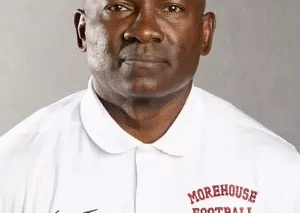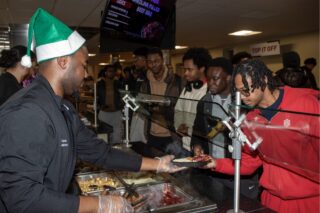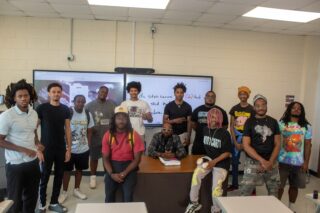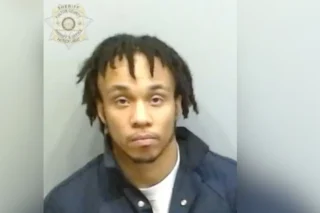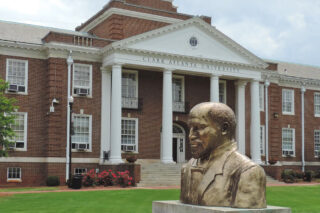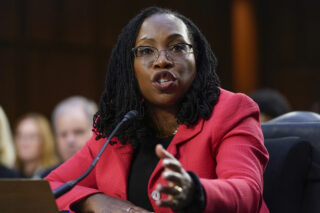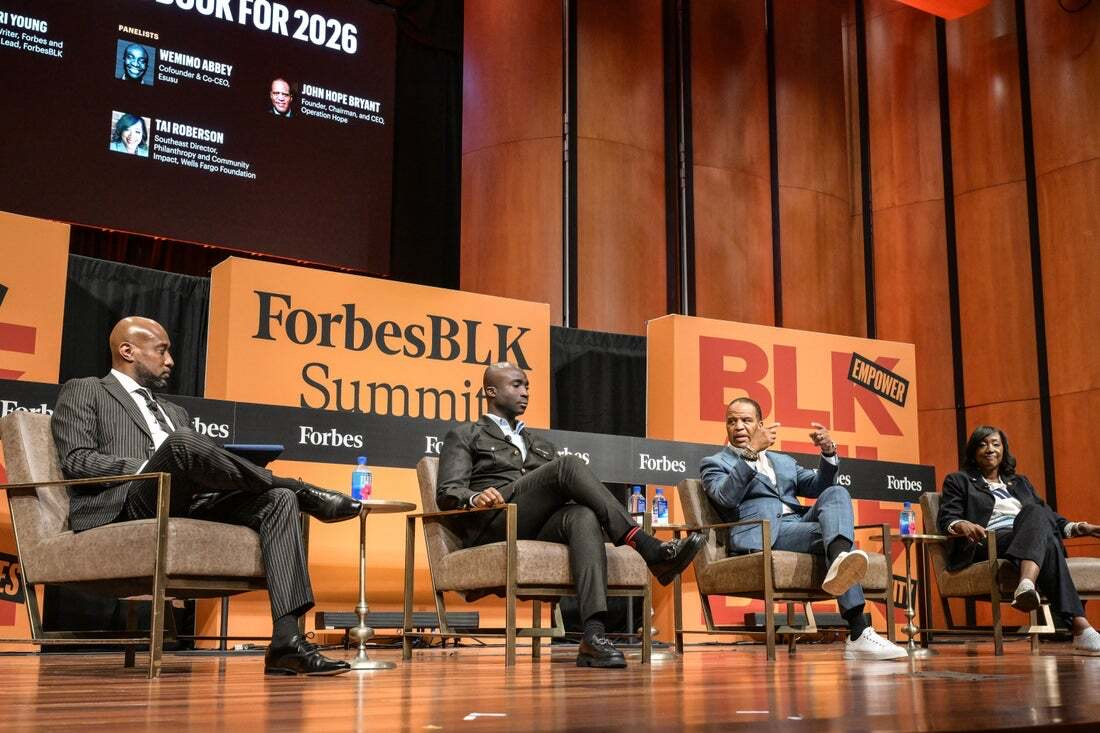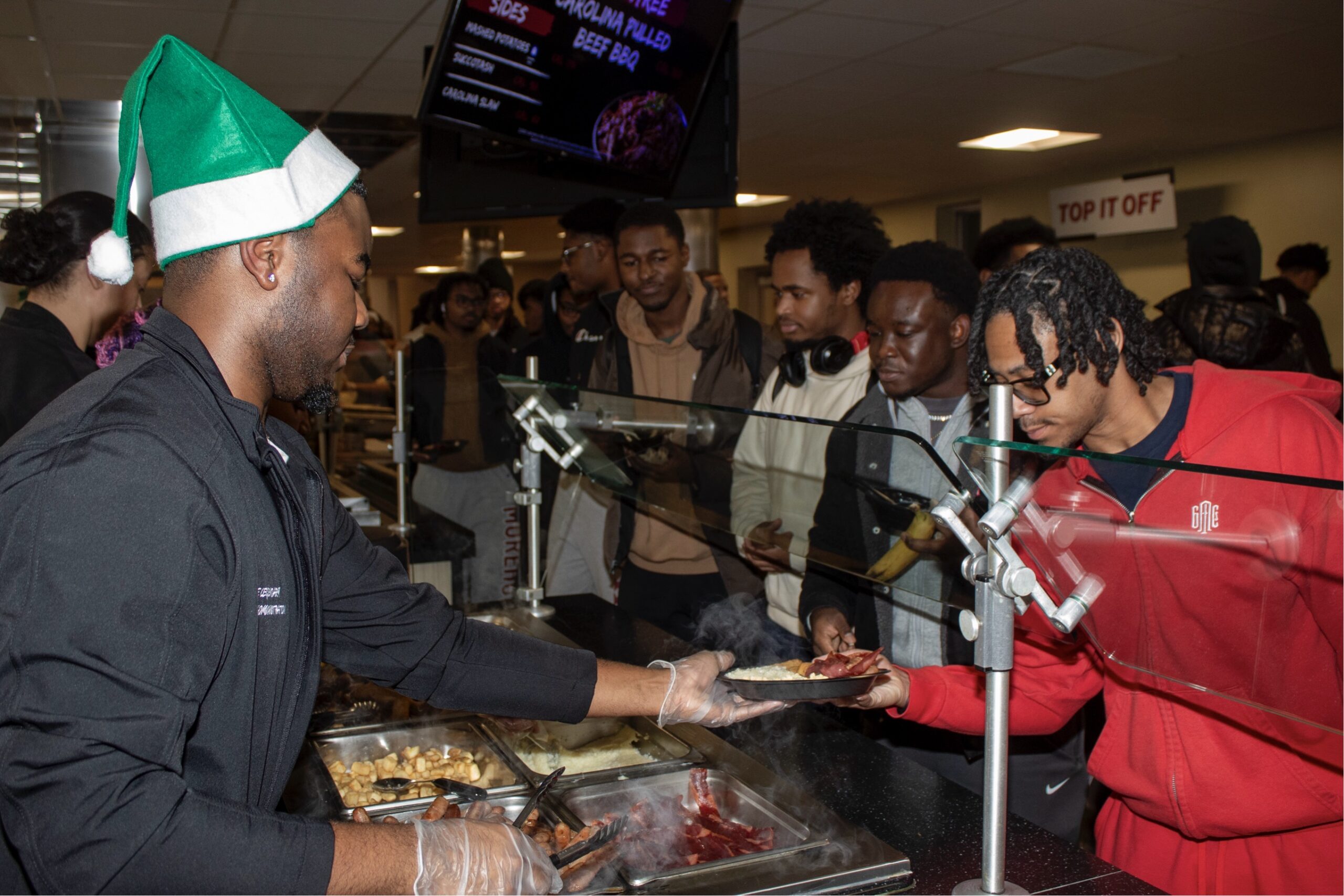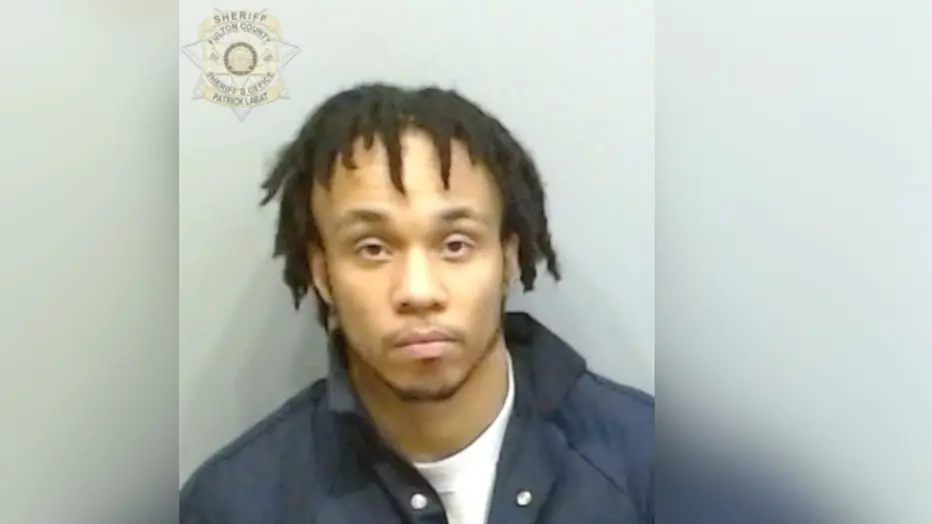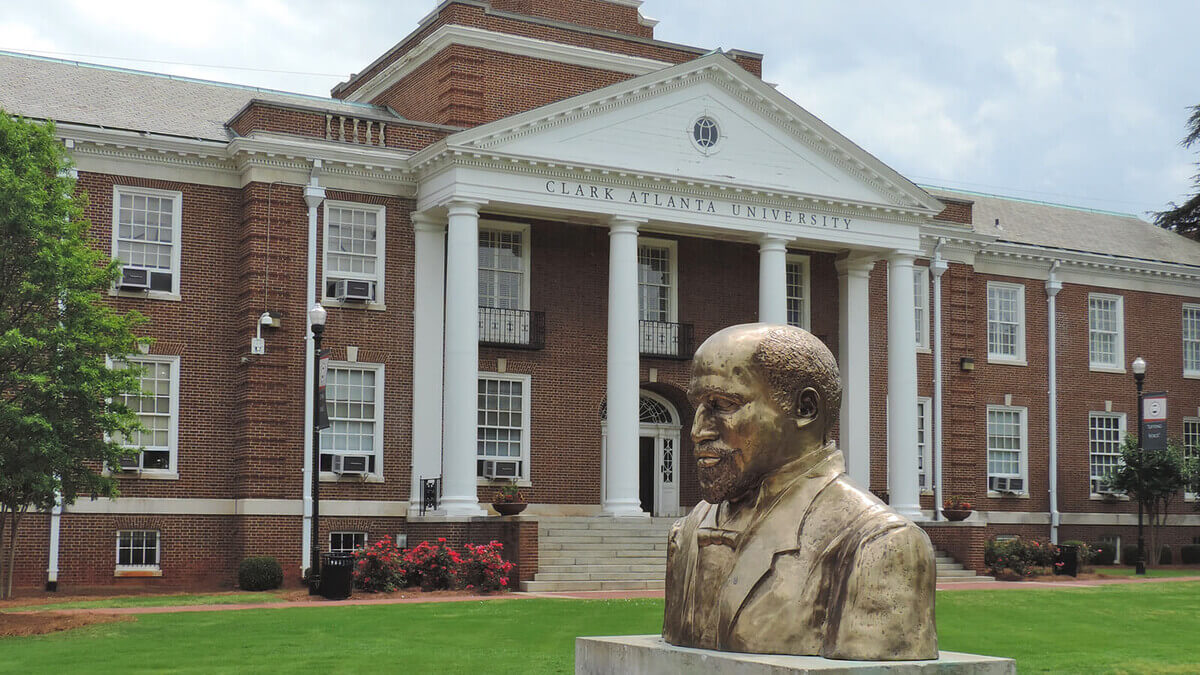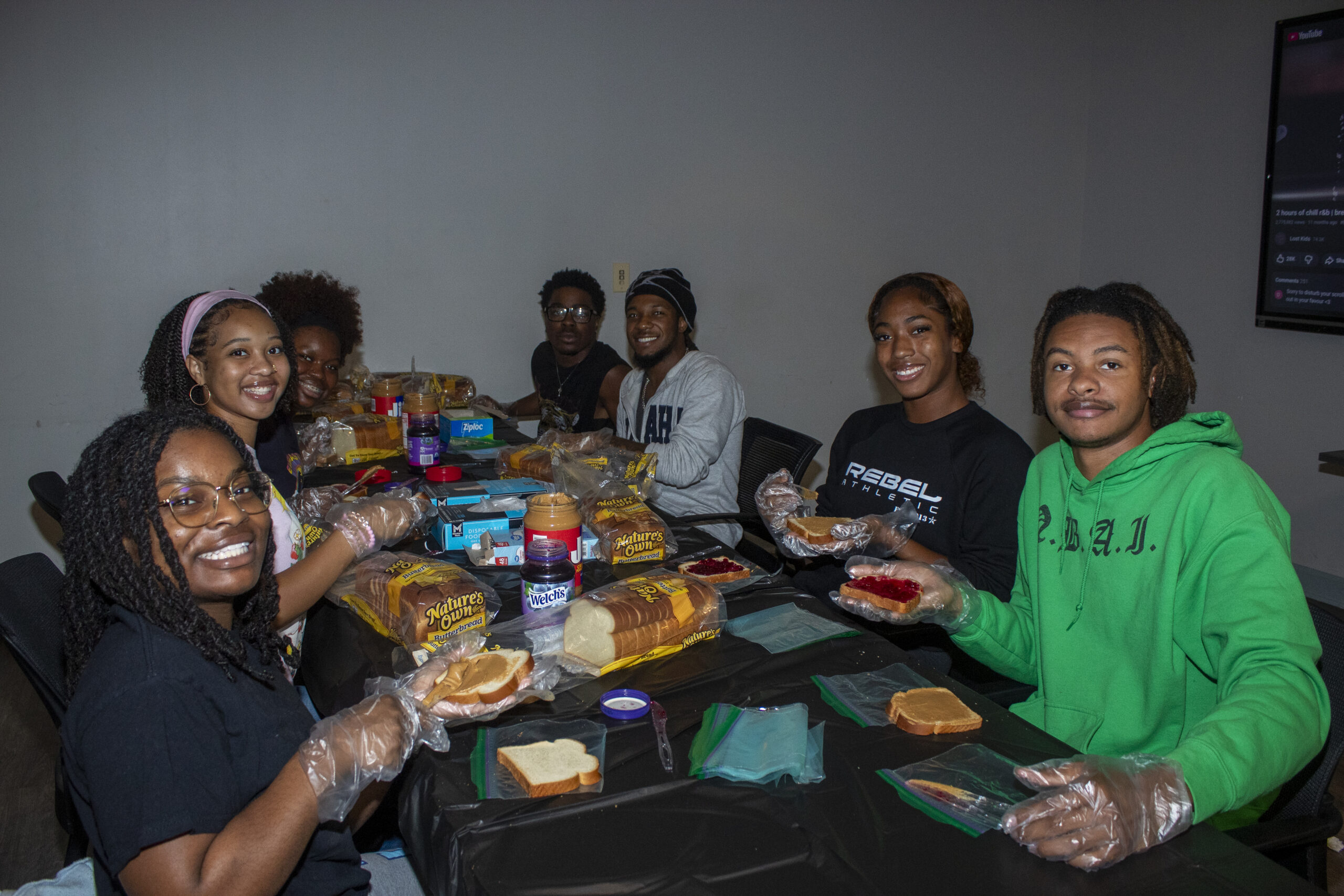The average Black family’s median wealth stands at $24,000, while white families average $188,000. That stark gap was spotlighted in McKinsey & Company’s 2021 report, “The Economic State of Black America: What Is and What Could Be.” At the 2025 ForbesBLK Summit at Morehouse College, panelists tackled how Black Americans can bridge this divide by harnessing their economic power.
On Oct. 10, Jabari Young, ForbesBLK editorial lead, moderated a panel titled “A Wealth Playbook for 2026.” The discussion centered on actionable steps toward financial growth for African Americans. Panelists included Wemimo Abbey, co-CEO of Esusu; Tai Roberson, senior vice president of philanthropy and community impact at Wells Fargo; and John Hope Bryant, CEO of Operation Hope.
A hand up, not a handout
Bryant emphasized that diversity is key to capitalism’s success. He argued that with the right preparation, Black Americans can enjoy the same level of economic freedom as their white peers. With $100 trillion set to transfer across generations over the next decade, Bryant encouraged attendees to invest wisely.
“What they don’t have is a succession plan,” he said. “Think about the biggest nursery in your town. Think about the biggest dentistry…Go buy it.”
Giving credit where it’s due
Building wealth also requires building credit. Bryant and Abbey agreed that improving credit scores is critical—especially since the average credit score among Black Americans sits at 627.
Abbey, through Esusu, helps renters strengthen their credit by reporting on-time rental payments. The U.S. Census Bureau reports that 109 million people pay an average of $1,406 a month in rent—a total of $1.8 trillion annually. Abbey sees this as untapped data that can transform financial futures.
“It’s not just good because it’s going to help people of color. It’s helping people in South Dakota, North Dakota, Washington, Nebraska,” Abbey said. “If we have more data incorporated, we can improve the GDP of the United States, and more jobs will be created.”
Partnerships with purpose
Roberson collaborates with Bryant through Operation Hope’s Hope Inside program, backed by Wells Fargo. The initiative provides free financial literacy training, helps people open savings accounts and works to improve credit scores.
“We’re seeing people increase their savings. We’re seeing them decrease their debt. We’re seeing them increase their credit scores,” Roberson said. “But we’re also seeing innovation to recognize that it’s not just about that. That we need to dip into the small business sector.”
Final takeaways from the panel
Each panelist left the audience with practical tips to achieve financial security:
-
Roberson: Build a strong relationship with your bank.
-
Bryant: Buy an existing business, invest in homeownership and explore artificial intelligence as a service.
-
Abbey: Understand compound interest, leverage AI, and prioritize capital over labor.

